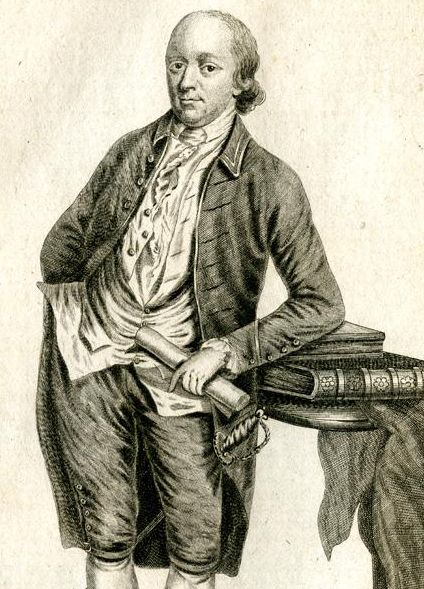From "Practice Range," American Heritage, February, 1968
The calendar has it that these events occurred 50 years ago last summer. It is hardly more credible than that a thousand ages can be like an evening gone. But, as President Lincoln said, “we cannot escape history.” 1916 was the year of the Wilhelmstrasse’s amazingly successful plot to distract President Wilson’s attention from the war in Europe by involving him with Mexico, of General “Black Jack” Pershing’s invasion of Mexico in “hot pursuit” of Pancho Villa, after that worthy had staged a raid across the Rio Grande on Columbus, New Mexico. Poor General Pershing never caught up with Villa.



